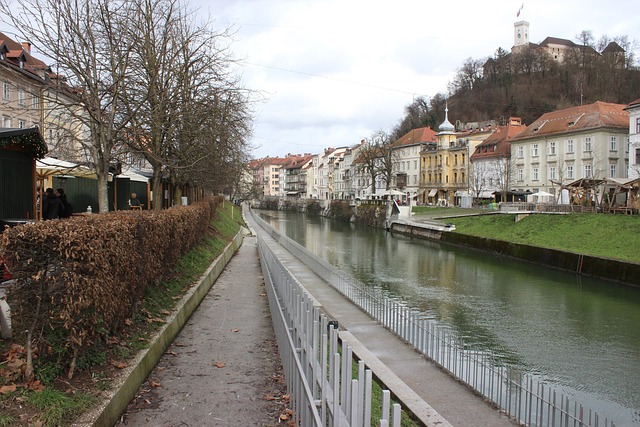Karachi's North Nazimabad faces severe noise pollution due to high population density and economic activity, leading to health issues like stress, sleep disturbances, and hearing loss. To combat this unique urban challenge, a comprehensive strategy is needed: optimizing traffic flow, promoting electric vehicles, enhancing road infrastructure, engaging the community through reporting tools, incorporating green spaces and sound barriers, and regularly monitoring noise levels for data-driven improvements.
Karachi, Pakistan’s vibrant metropolis, faces a silent yet pressing challenge: noise pollution. This article delves into the noise levels prevalent in North Nazimabad, exploring both the causes and potential solutions. We examine the impact of traffic, construction, and social activities on the area’s acoustic landscape. Additionally, we present strategies aimed at mitigating and monitoring noise, offering insights into fostering a quieter, more livable environment for Karachi’s residents.
- Understanding Noise Pollution in Karachi's North Nazimabad
- Strategies to Mitigate and Monitor Noise Levels in the Area
Understanding Noise Pollution in Karachi's North Nazimabad

Noise pollution in Karachi’s North Nazimabad, like many urban areas, is a growing concern. The bustling metropolis of Karachi, with its ever-expanding population and economic activities, faces unique challenges when it comes to managing noise levels. North Nazimabad, a vibrant yet densely populated neighborhood, experiences high noise levels from various sources including traffic, construction sites, and even residential areas during peak hours. Understanding these sources is the first step towards mitigating the impact of noise pollution on the community’s well-being.
In light of this, it’s crucial to recognize that excessive noise can lead to health issues such as stress, sleep disturbances, and even hearing loss. Karachi’s dynamic urban landscape requires proactive measures to control noise emissions from vehicles, industrial activities, and public gatherings. By adopting sustainable practices and implementing stricter noise regulations, the neighborhood can strive for a quieter and more livable environment for its residents.
Strategies to Mitigate and Monitor Noise Levels in the Area

To mitigate and monitor noise levels in North Nazimabad, Karachi, several strategies can be employed. One effective approach is to implement traffic management measures, such as optimizing signal timings and promoting one-way streets, to reduce congestion and vehicle idling. Additionally, encouraging the use of electric vehicles and improving road infrastructure can significantly lower noise pollution from transportation.
Community involvement is another crucial aspect. Encouraging residents to report excessive noise through dedicated apps or hotlines can help identify problem areas. Green spaces and sound barriers, like plants, walls, or fences, can be strategically placed to absorb noise and create calmer environments. Regular noise monitoring by local authorities using advanced equipment ensures data-driven decisions for continuous improvement in the area’s acoustic landscape.
In conclusion, addressing noise levels in Karachi’s North Nazimabad is a multifaceted challenge that requires both community engagement and strategic interventions. By understanding the sources and impacts of noise pollution, implementing effective mitigation strategies, and establishing robust monitoring systems, it is possible to create a more peaceful and livable environment for all residents. Collaborative efforts between locals, authorities, and experts are crucial to ensuring a quieter and healthier future for this vibrant part of Karachi.
